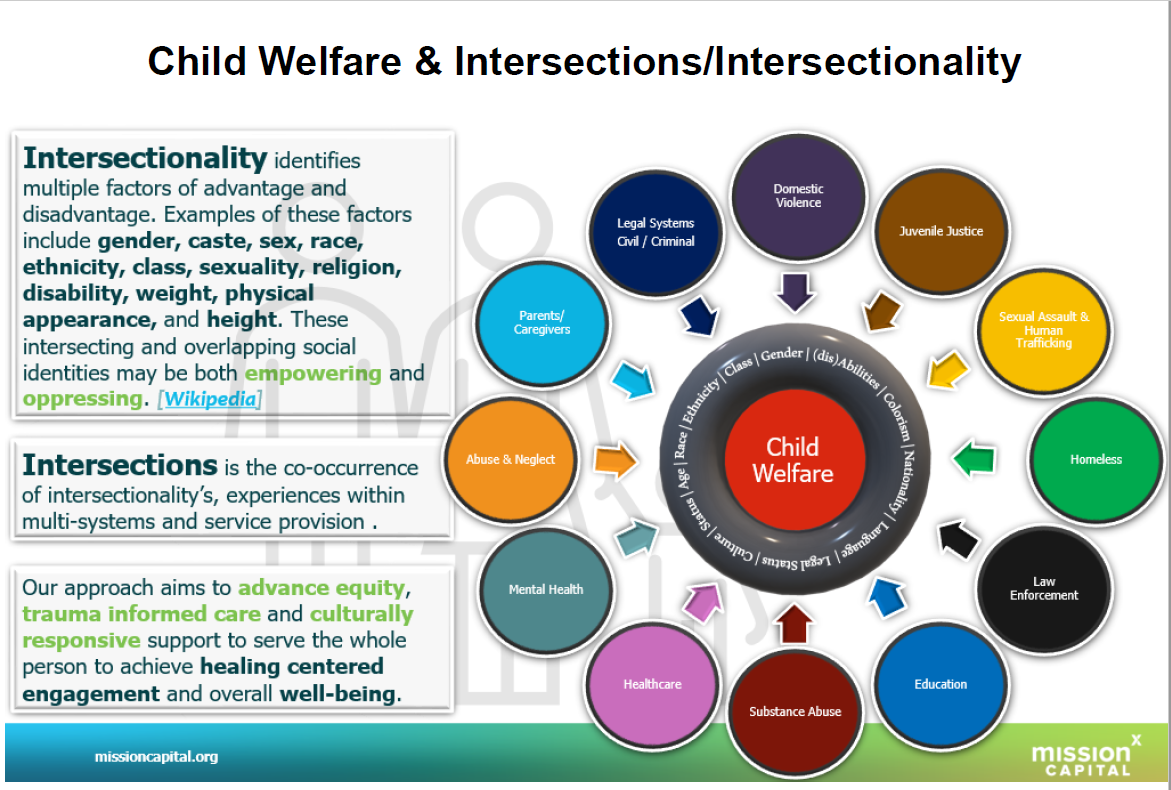The Intersections of Domestic Violence
October is Domestic Violence Awareness Month. There were 212,885 victims of family violence in 2018 [Hope Totes] and this number is increasing. Domestic Violence, Intimate Partner Violence, Family Violence, and Domestic Disturbance are terms used by professionals to describe harm within a household. Those who work closely with domestic violence are continuously unpacking and learning about the different barriers, layers, and nuances of violence in the household. However, it is important that we all understand and educate ourselves and each other on domestic violence and its various intersections. In 2020, a statewide survey of BIPOC advocates in member programs identified that 42.5% of BIPOC advocates experienced microaggressions in their agencies and 37% witnessed client experience racial microaggressions in the workplace. [TCFV Honoring Texas Victims, Family Violence Fatalities in 2020 Report] In recognizing the intersections of domestic violence, we can start providing trauma-informed and equitable healing centered engagement approaches to better serve our community.
Definitions/Acronyms
Having a shared language around domestic violence terminology is essential to align ourselves with the community.
Below is a list of common terms with their acronyms and definitions within the context of domestic violence and the child welfare system. This is not a full comprehensive list of terms, but a starting point:
-
Members of nonwhite communities
-
A pattern of behavior in any relationship that is used to gain or maintain power and control over an intimate partner. (United Nations)
-
The Texas Department of Family and Protective Services (DFPS) works with communities to promote safe and healthy families and protect children and vulnerable adults from abuse, neglect, and exploitation. We do this through investigations, services and referrals, and prevention programs. (DFPS)
-
Child welfare is a continuum of services designed to ensure that children are safe and that families have the necessary support to care for their children successfully (Children’s Bureau)
-
The concept of intersectionality describes the ways in which systems of inequality based on gender, race, ethnicity, sexual orientation, gender identity, disability, class, and other forms of discrimination “intersect” to create unique dynamics and effects (Center for Intersectional Justice)
-
The co-occurrence of intersectionality’s; Experiences within multi-systems and service provision.
-
Healing Centered Engagement is an asset-based and culturally rooted approach to healing and well-being for young people of color and their adult allies. (Flourish Agenda)
Intersectionality
Intersectionality is the “WHO” is the person that is being served. This could be race/ethnicity, gender, citizenship, (dis)abilities, class, language, etc. The “WHAT” is the systems those navigate at the same time as Intersections. These could be DFPS, CPS, Homelessness/DV Shelters, Education, Juvenile Detention, etc. For example, substance abuse and domestic violence are the most reported for families in the child welfare system. These two allegations between DV and substance abuse are intersections and can overlap for many reasons. The victim/survivor who has been harmed by their partner could be self-medicating by using substances as pain relief due to no insurance, money, fear of exposure at a health facility, forced use by their partner, or is using as a coping mechanism. The same applies to minors who are experiencing harm in their relationships.
Intersectionality is crucial to understand domestic violence and to adequately help our community members experiencing it.
The image further discusses intersectionality, intersections, and the child welfare system.
Here is a list of resources that discuss the intersections between domestic abuse and other identities:
Facts of Domestic Violence
Types of Domestic violence and interpersonal violence that could potentially happen are Coercive Control, Power and Control, Economic Abuse, Psychological Abuse, Spiritual Abuse, Verbal Abuse, Sexual Abuse/Assault, and Strangulation. It is important to point out that once again, these are “professional terms” and not likely used by victims/survivors and community.
Below shows the potential effects of domestic abuse on children and women. Once again, this is not a full, comprehensive list:
-
• Bed-wetting
• Thumb-sucking
• Increased crying and whining
• Difficulty falling/staying asleep
• Signs of terror (stuttering/hiding)[OASH]
-
• Low self-esteem
• Withdrawal
• Absenteeism
• Few friends
• Headaches
• Stomachaches[OASH]
-
• Absenteeism
• Risky behaviors
• Alcohol/substance abuse
• Bully others
• Withdrawal
• Heart disease
• Mental health conditions
• Diabetes
• Poor self-esteem[OASH]
-
• Vaginal bleeding/pelvic pain
• Unwanted pregnancy
• Sexually transmitted infections, including HIV
• Trouble sleeping/nightmares
• Arthritis
• Asthma
• Chronic pain
• Digestive problems such as stomach ulcers
• Heart problems
• Irritable bowel syndrome
• Migraines
• Pain during sex
• Stress
• Problems with immune system[OASH]
As we end this blog and as October ends, it is imperative to recognize that domestic violence does not end with it. We must continue questioning what systems we have in place and how they impact our community. What questions are we asking? Who is missing from the table? What do people within these households call harm in the home? What are we missing? How are professionals and survivors working together?
Tips when connecting with survivors' minors and adults of intimate partner violence:
Believe them.
Respect their choices.
Maintain an understanding that they are the experts of their own lives and experiences.
Incorporate actions that they’ve taken when safety planning.
Give options to survivors to engage in culturally responsive services.
Ask survivors about their cultural preferences in service delivery.
Do you have a preference of the race/ethnicity/gender of a counselor or case manager, etc?


